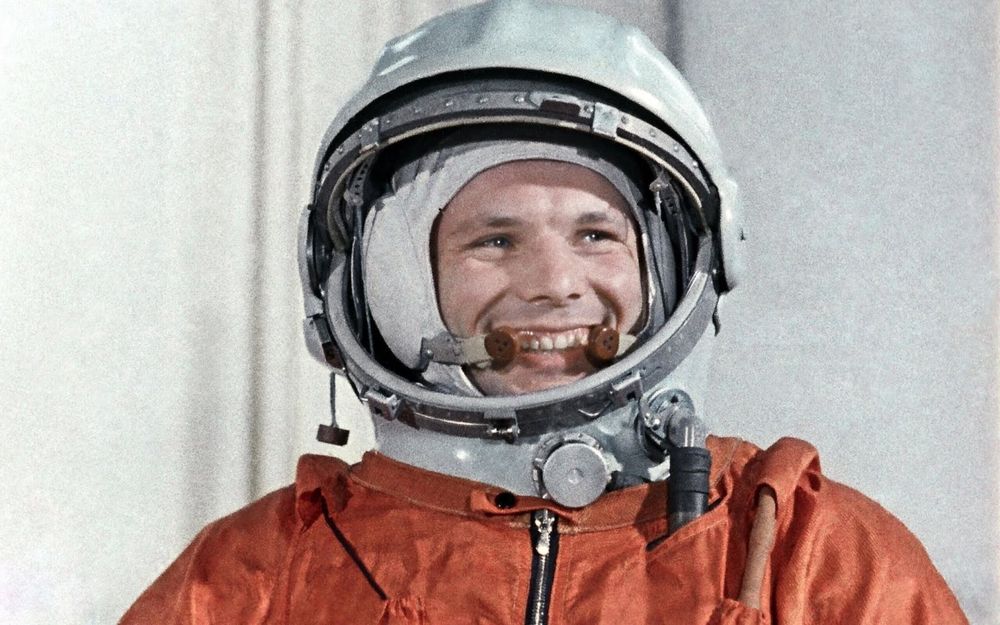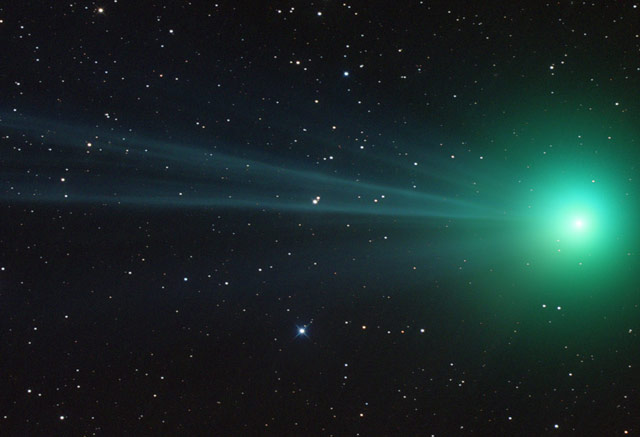Places

Astronomers on the Mountain Tops 
Big telescopes on high mountains, drawing astronomers to some exotic-sounding places. Is it as glamorous as it sounds? Not really, says one astronomer who describes some of the symptoms people suffer at high altitudes.
Dark Universe - film review 
How did space and time begin? How did the Universe evolve? Why is the Universe dark? The "Dark Universe" planetarium show looks at these questions, and how science got some of the answers. It´s informative, up-to-date, and tells the story with stunning imagery and Neil deGrasse Tyson´s narration.
Greenwich - Peter Harrison Planetarium 
Christopher Wren designed the Greenwich Royal Observatory in 1675. Two centuries later the Prime Meridian of the world, 0 degrees of longitude, was established there. Besides its historical interest, it's a leader in bringing astronomy to the public, in part via the Peter Harrison Planetarium.
Herschel Museum of Astronomy 
In 1781 William Herschel was the first person in history to discover a new planet. He was observing in the back garden of his home in Bath, England. The house where history was made is a museum and its new Caroline Lucretia Gallery is named for William's sister, the first woman to discover a comet.
Hurtigruten - Hunting the Light 
Imagine a three thousand-mile astronomy voyage “hunting the light”. Usually, astronomers avoid the light, but not when it's the aurora borealis, the famed northern lights. Here is the first of two articles about the Norwegian ships that carry cargo and people between the towns of the Arctic Circle.
Hurtigruten - Seeing the Northern Lights 
What would it be like to take an astronomy tour on the Hurtigruten? Here is an account of some of the highlights of a trip around the coast of Norway in search of the northern lights. We heard stories of the constellations and then found them in the sky. And one night we saw the aurora dancing.
Kew Observatory 
There was once a monastery on the site, but a king built an observatory on the ruins in order to watch the 1769 transit of Venus. It was the place where official time for the British Parliament was set. But also where a murderer was sometimes in attendance when the King walked in the gardens.
Kew Observatory 
An observatory that a king built to watch the 1769 transit of Venus. The place where official time for London used to be set. Where a murderer was sometimes in attendance when the King walked in the gardens. Find out about the history of Kew Observatory.
Lawrence Hall of Science - Astronomy 
Follow a steep road into California's Berkeley hills to find the Lawrence Hall of Science (LHS). It's the public science center of the University of California Berkeley, and delights visitors of all ages with the wonders of science. A bonus is a spectacular panoramic view of the San Francisco Bay.
Lick Observatory - 10 Fascinating Facts 
Lick Observatory lies on a mountaintop overlooking Silicon Valley. Known for major contributions to astronomy, it also has some unique features. Its benefactor James Lick is buried under one of the main telescopes, and it displays original seismogram taken during the 1906 San Francisco earthquake.
Natural History Museum London - Astronomy Tour 
How about an astronomy tour of the Natural History Museum in London? It won't take more than 13.8 billion years – or much less, as your watch measures it. Highlights will be the evolution of the Earth, and pieces of Mars and the Moon, one of the oldest known meteors, and diamonds from stardust.
Northern Lights Planetarium 
Tromsø, far to the north of Norway, attracts summer visitors to see the midnight sun and winter visitors to see the aurora borealis. The Northern Lights Planetarium is the northermost planetarium in the world. It's worth a visit at anytime, but extra welcome if it's too cloudy to see the sky.
Palomar Observatory 
A mile above the California desert stands Palomar Observatory. Its 200-inch mirror was officially impossible to make, but George Ellery Hale's vision inspired a nation in the grip of the Great Depression and it became the jewel in the crown of astronomy for the second half of the twentieth century.
Rose Center and Hayden Planetarium 
One of the world's leading planetariums, located in one of the world's premier museums in one of the world's great cities. It's the Hayden Planetarium in New York City. The old Hayden Planetarium was razed in 1997, to many people's sorrow. But the new one opened in 2000 and it is stunning.
Royal Observatory Cape of Good Hope 
Why did the British government in 1820 want to build an astronomical observatory eight thousand miles from home? Which astronomers are buried on the premises and which one went home after a year in the "dismal swamp"? Here are some of the stories of the Royal Observatory at the Cape of Good Hope.
Royal Observatory Greenwich 
It's the place where time begins: The Royal Observatory, Greenwich, England. Here you can stand on the Prime Meridian of the world with one foot in the western hemisphere and the other in the eastern hemisphere. It represents over three hundred years of astronomical and maritime history.
Sky of Grand Central Terminal - History 
In New York City, you can see the Milky Way on the ceiling of Grand Central Terminal. A beautiful mural of the night sky has graced this elegant Beaux-Arts building since its opening over a century ago. But why is there a black spot and hole in the ceiling? Are the constellations really backwards?
Sky of Grand Central Terminal – It´s Backwards 
A splendid starry sky crowns the concourse of Manhattan´s Grand Central Terminal. It´s a 1940s reworking of the original that Paul César Helleu designed after consultation with a prominent astronomer. Yet a month after the station opened, a starwise commuter claimed that the sky was backwards.
Space at the Science Museum London 
Where can you see the Apollo 10 command module and the original mirror for William Herschel's Great Forty-Foot telescope? In the Science Museum in South Kensington, London, England. And there's quite a lot more on offer to those interested in space and astronomy.
What Happened to the Prime Meridian 
The Prime Meridian of the World is “where time begins” at zero degrees of longitude. By international agreement in 1884, it was located at Greenwich, England. But if you stand on that meridian and look at the GPS on your phone, it won't read zero. What happened?
Top Ten Articles
Previous Features
Site Map
Content copyright © 2018 by . All rights reserved.
This content was written by . If you wish to use this content in any manner, you need written permission. Contact Mona Evans for details.







